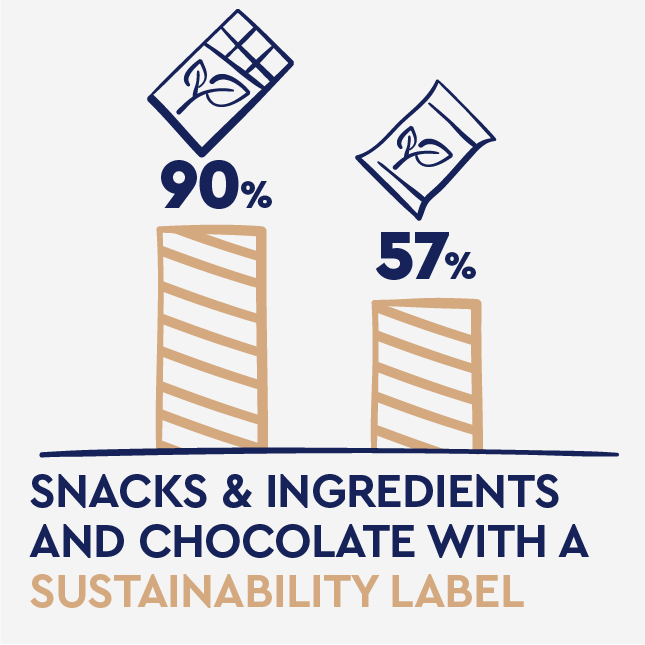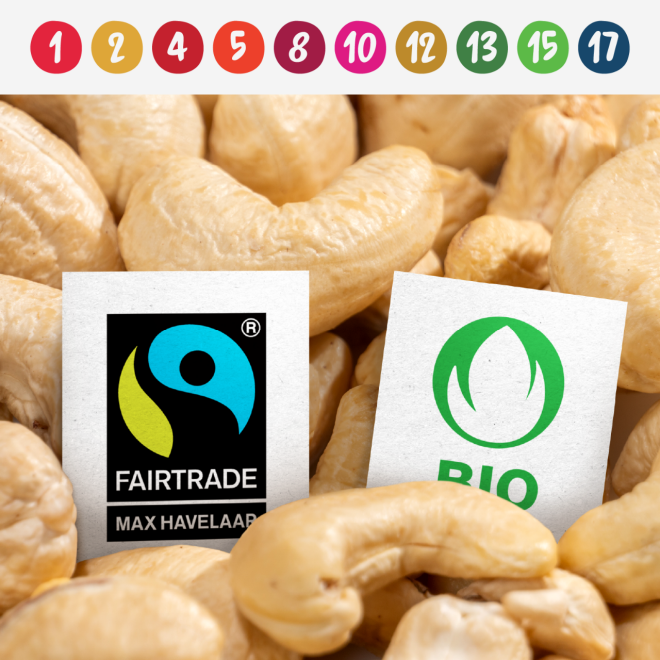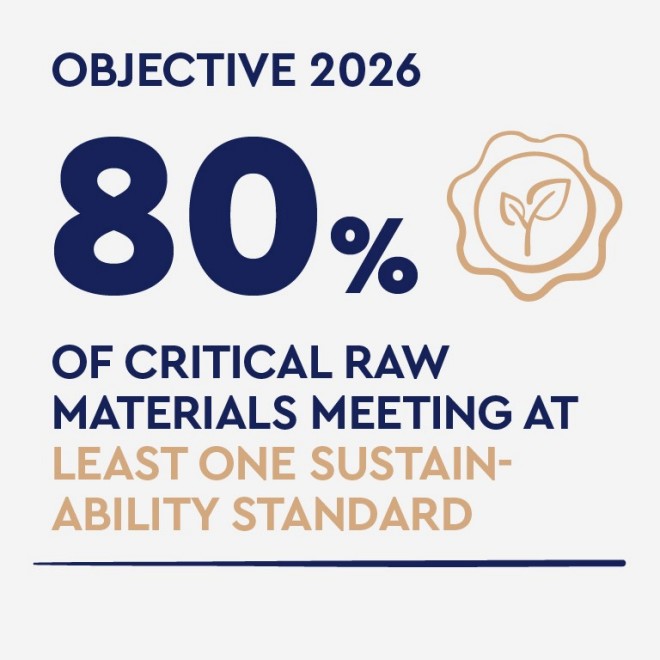
The cultivation of agricultural raw materials requires a great deal of space, and it has an impact on humans, animals and nature. That is why we choose our producers along the value chain very carefully: we prioritise the gentle use of natural resources and conduct fair business relationships under socially agreeable conditions.
HALBA’s procurement strategy attaches particular importance to the way in which critical raw materials are utilised. These materials are of enormous economic importance for HALBA as a production company, but their cultivation and processing come with increased social and environmental risks. Heightened diligence is a must.
As a division of the Coop Group, HALBA refers to the list of critical raw materials used by its parent company, Coop. HALBA has classified 16 raw materials as critical:
At the start of 2023, HALBA performed an in-depth risk analysis in collaboration with an external consultancy company to review existing results, enabling a detailed investigation of human rights risks in all HALBA supply chains. While doing so, HALBA orients itself primarily towards the due diligence process as defined under the OECD Due Diligence Guidance for Responsible Business Conduct. Furthermore, as a division of the Coop Group, HALBA aligns itself with the Coop Due Diligence Policy in all of its endeavours.
A high proportion of critical raw materials used for chocolate, snacks and baking and cooking ingredients are already certified according to a sustainability standard:
HALBA has set itself the goal of having at least one sustainability standard certified for 80 per cent by volume of critical raw materials by 2026.

